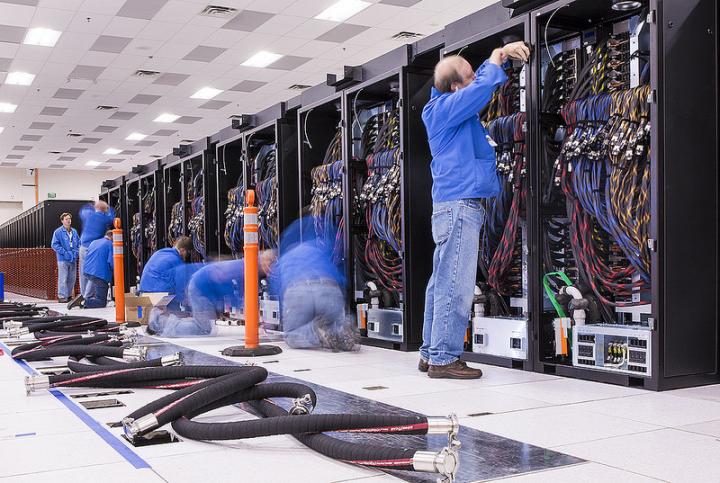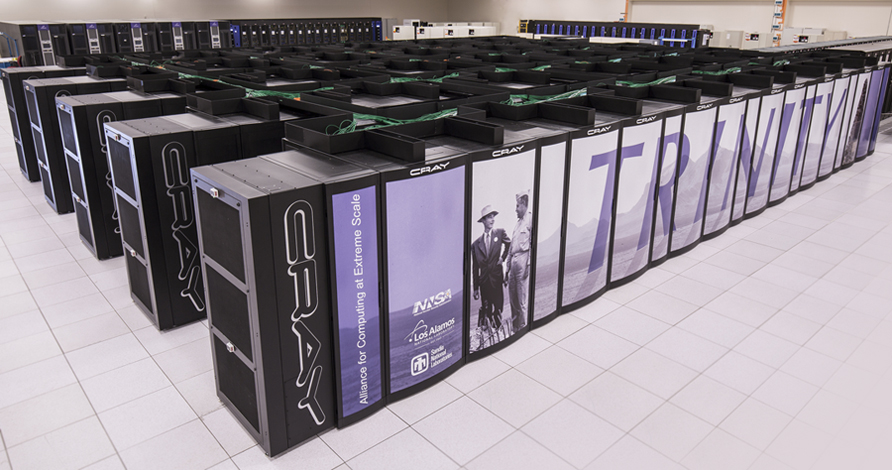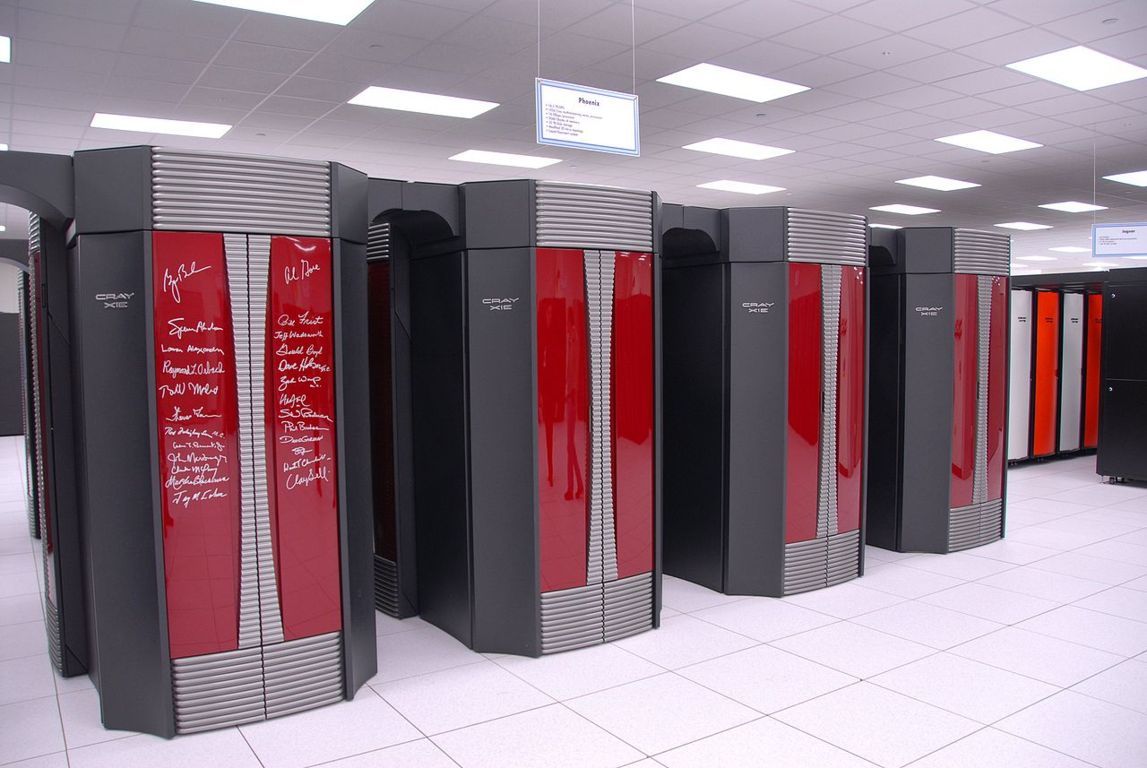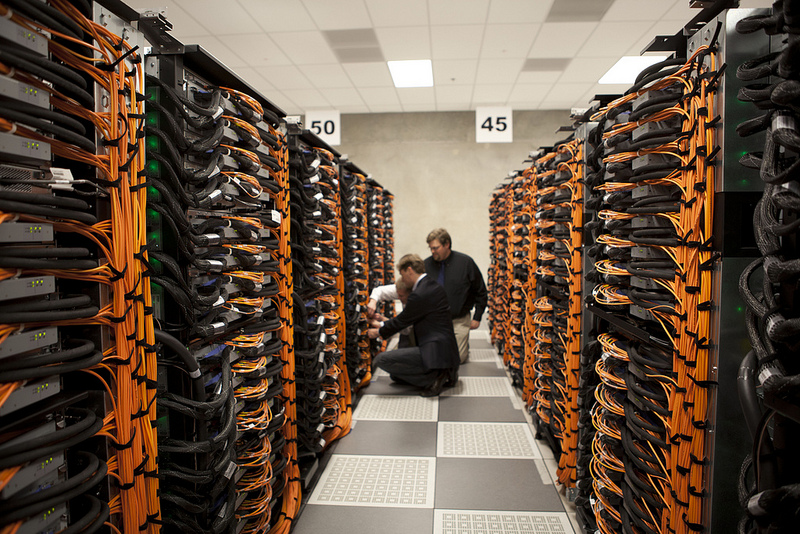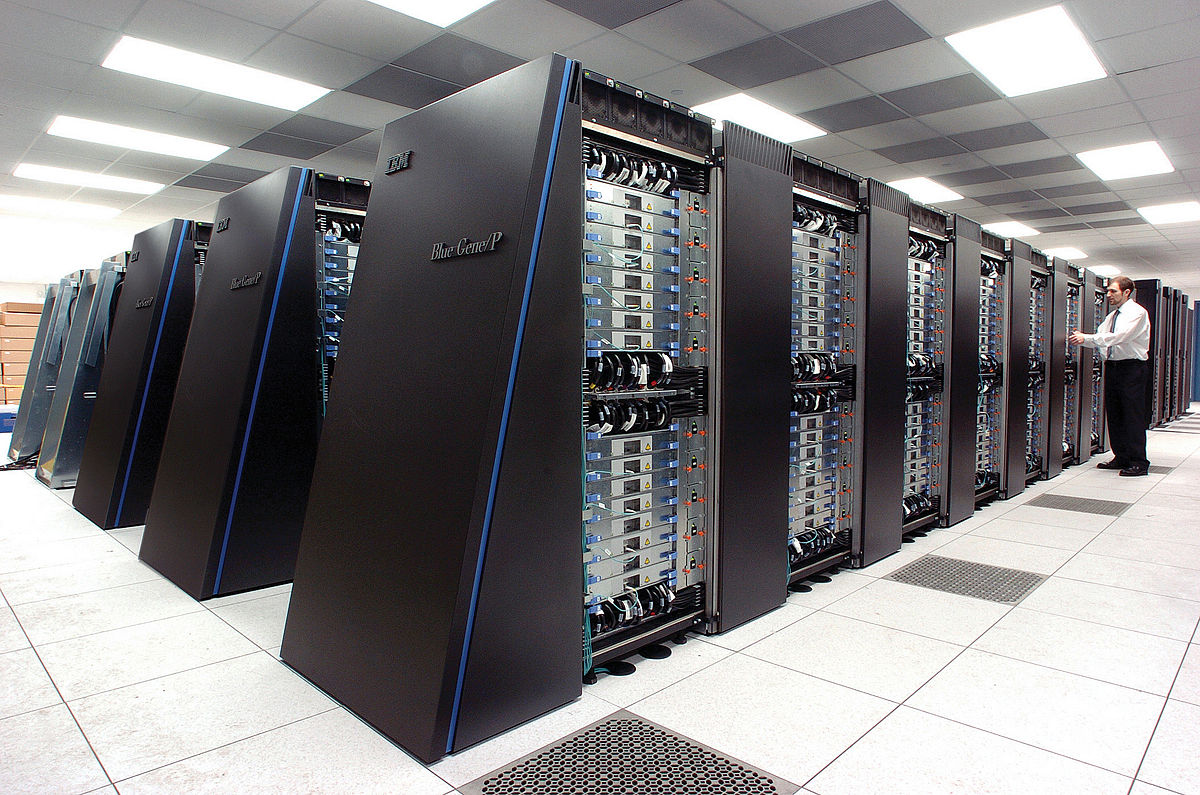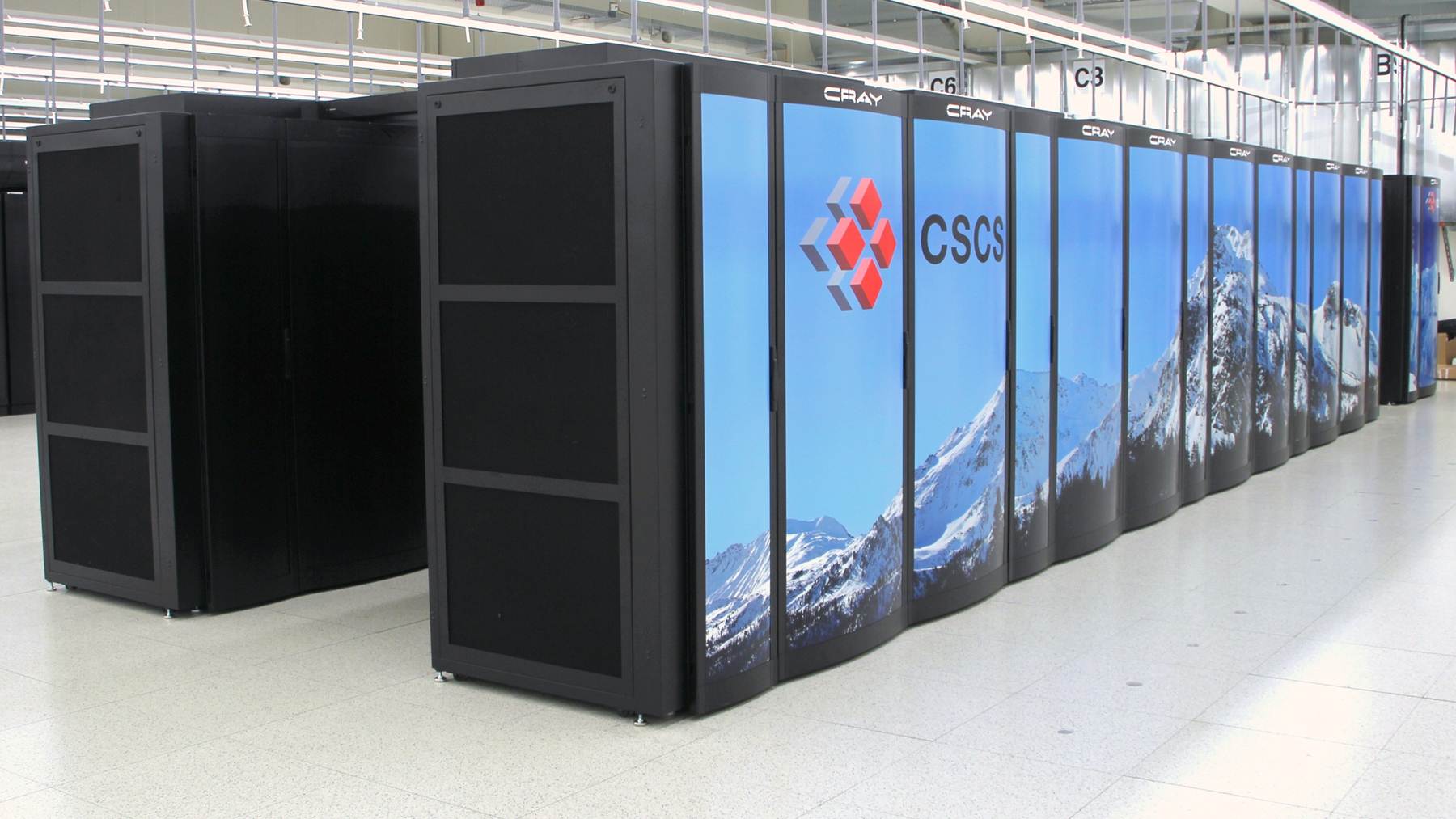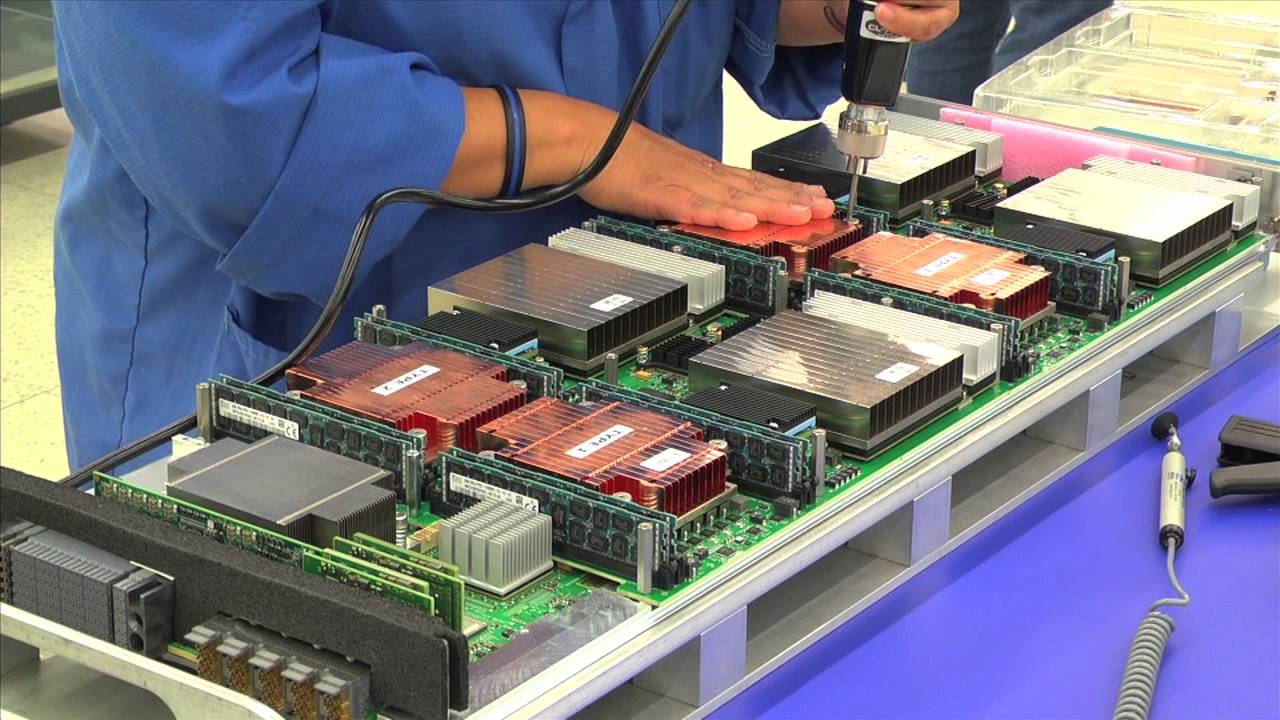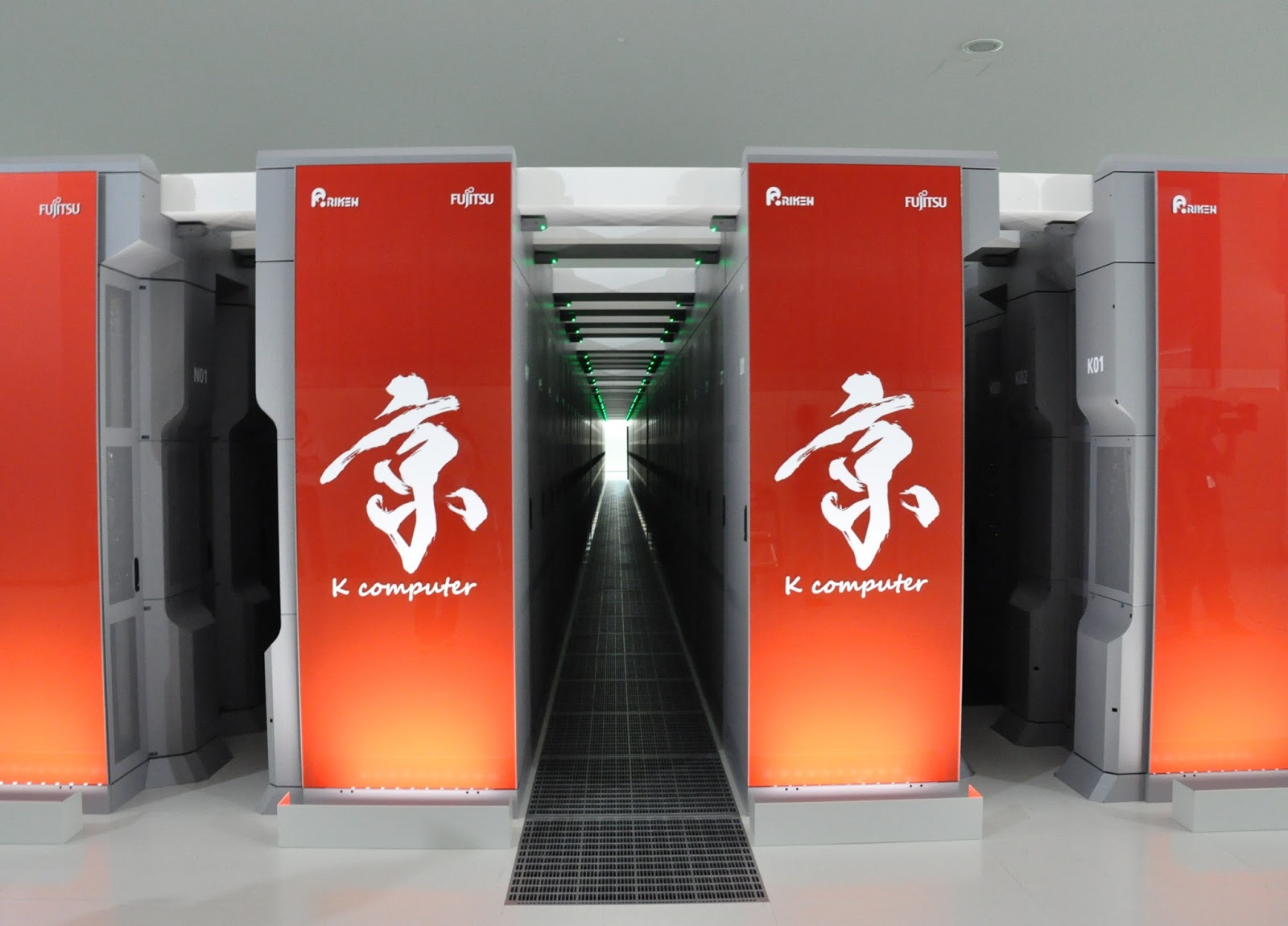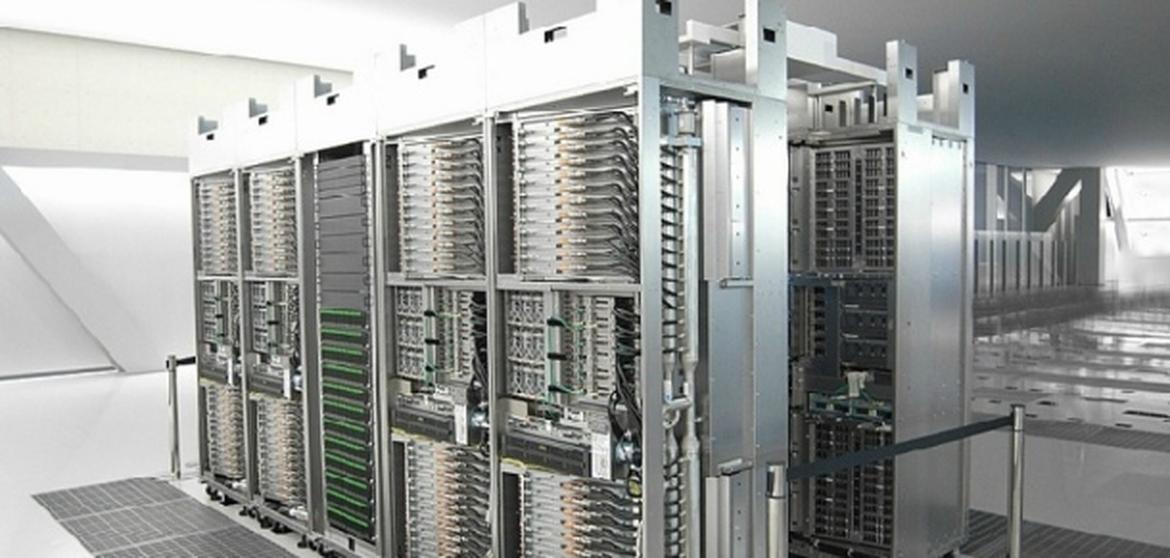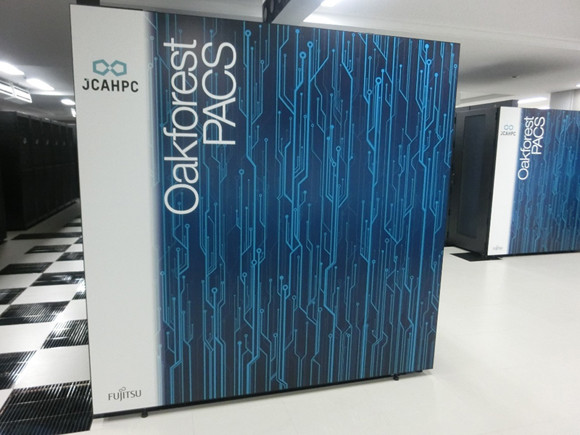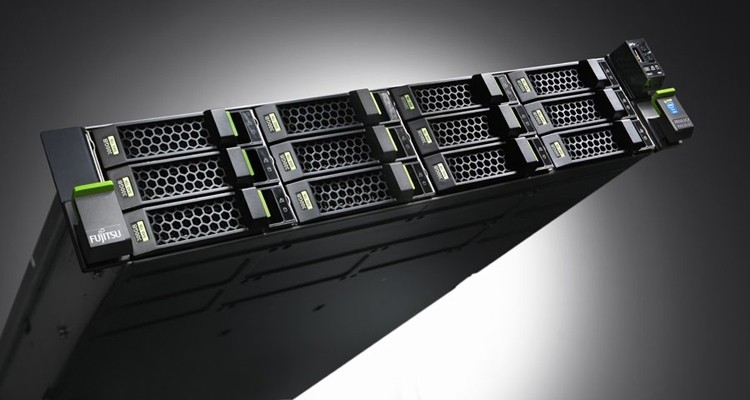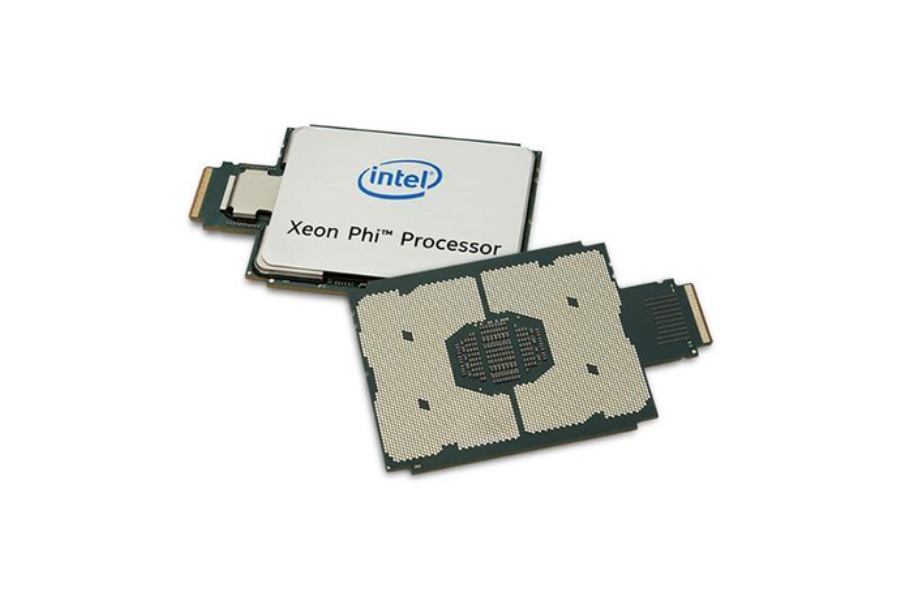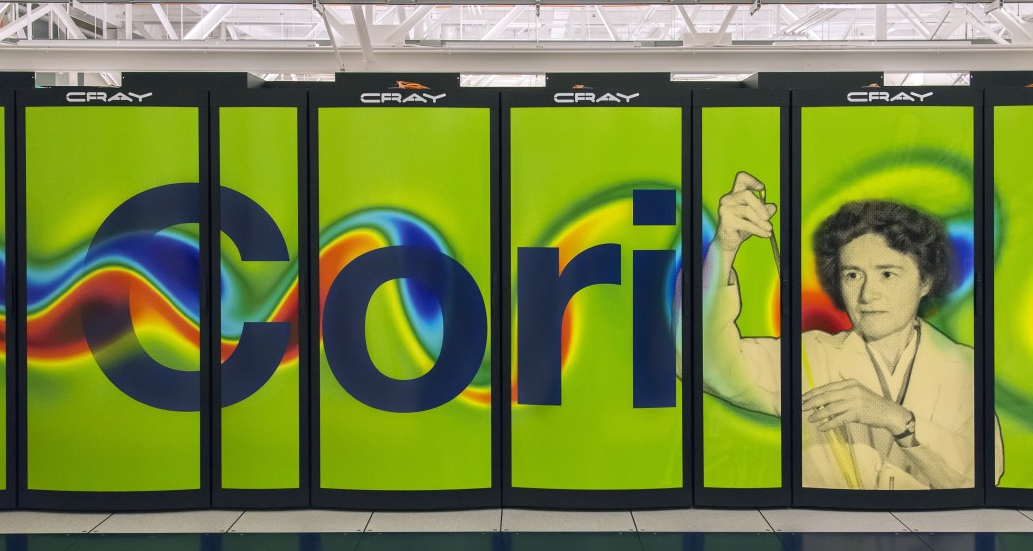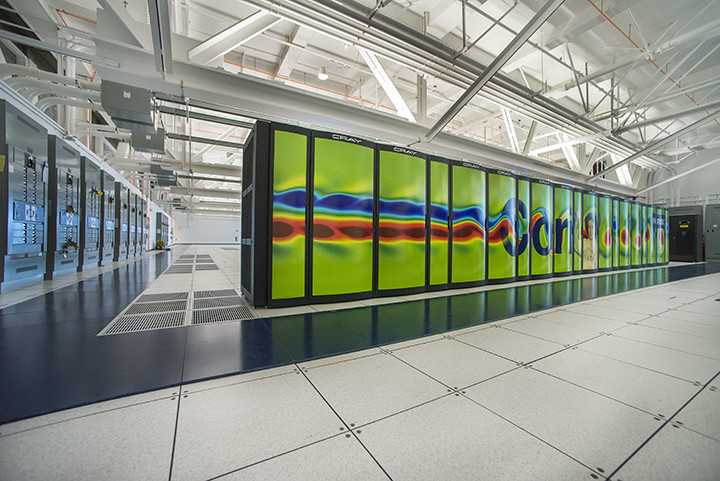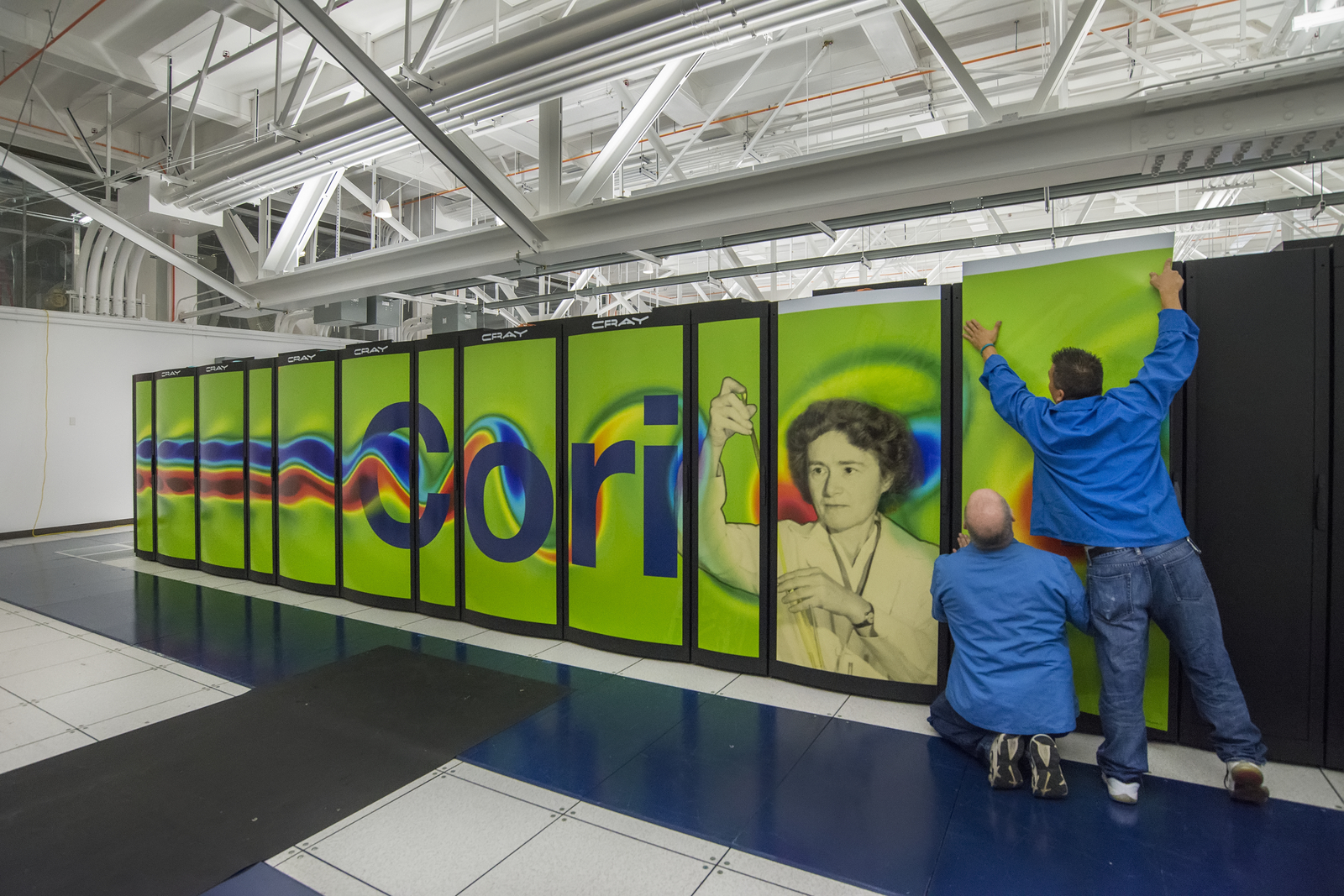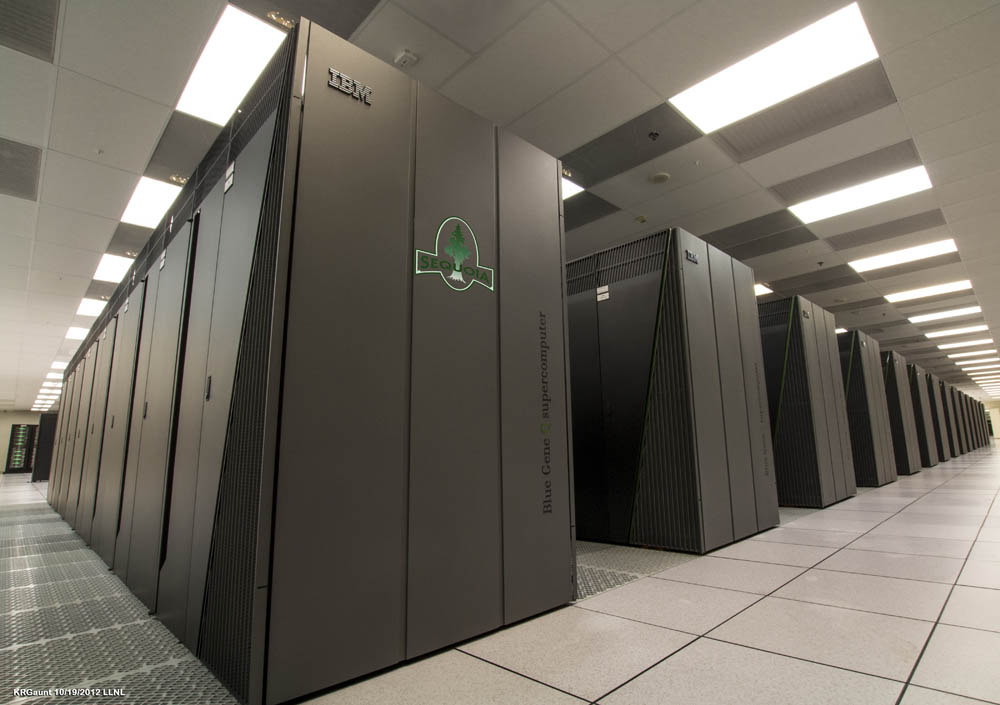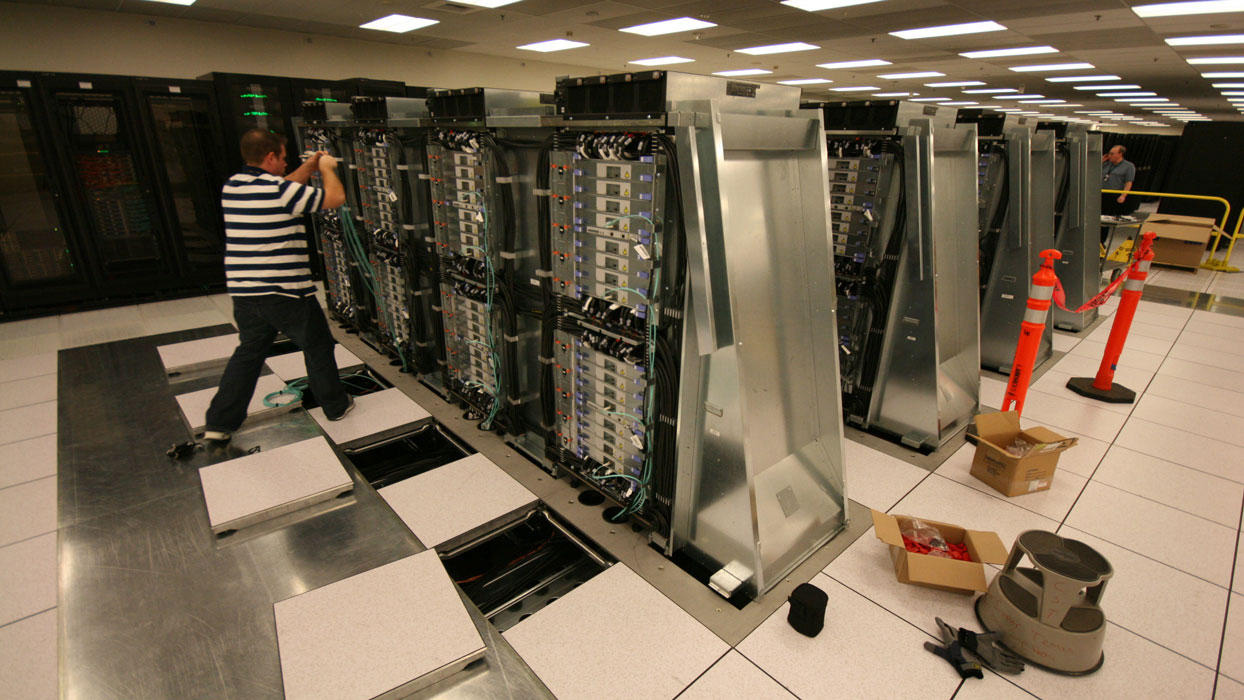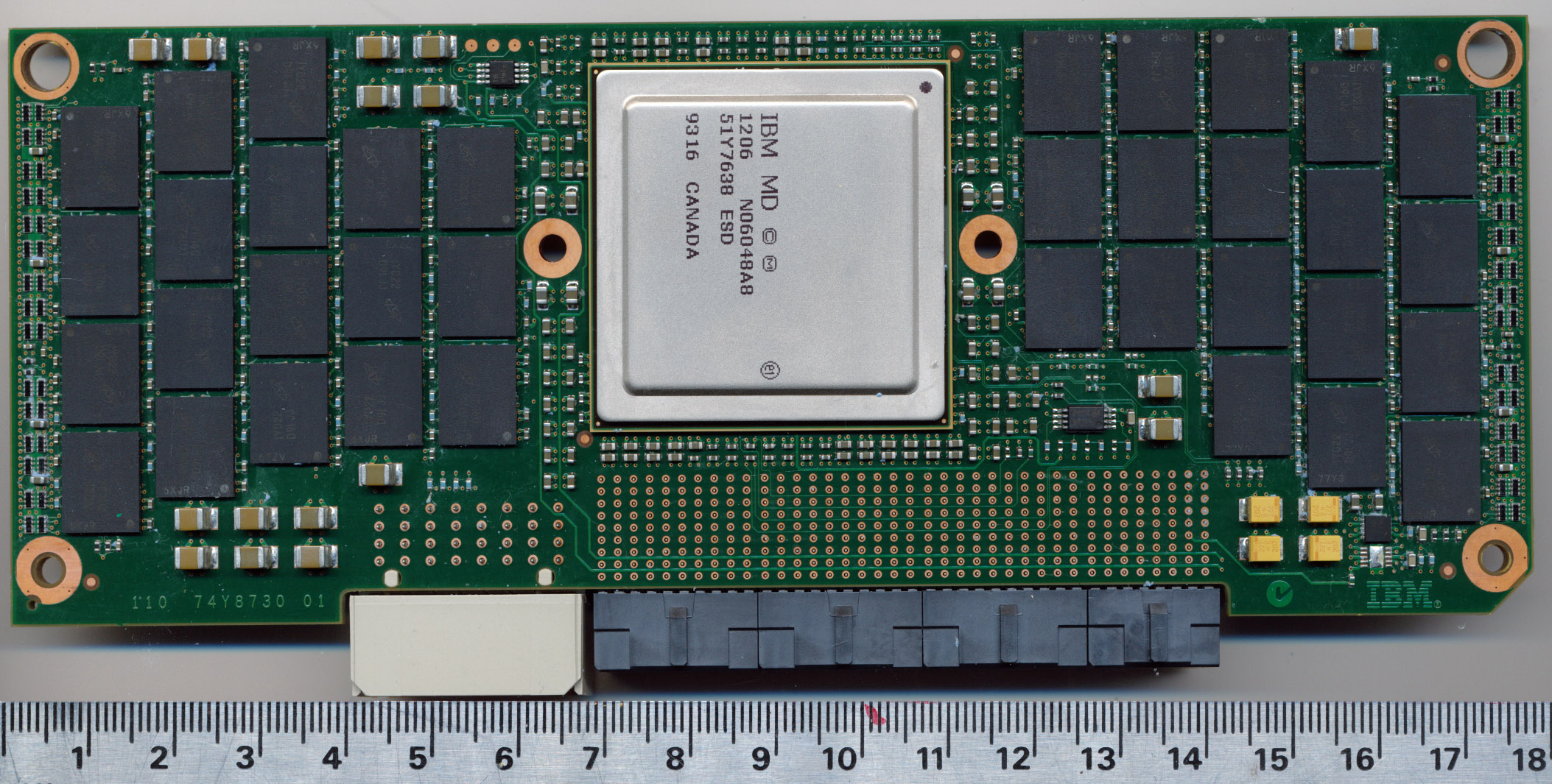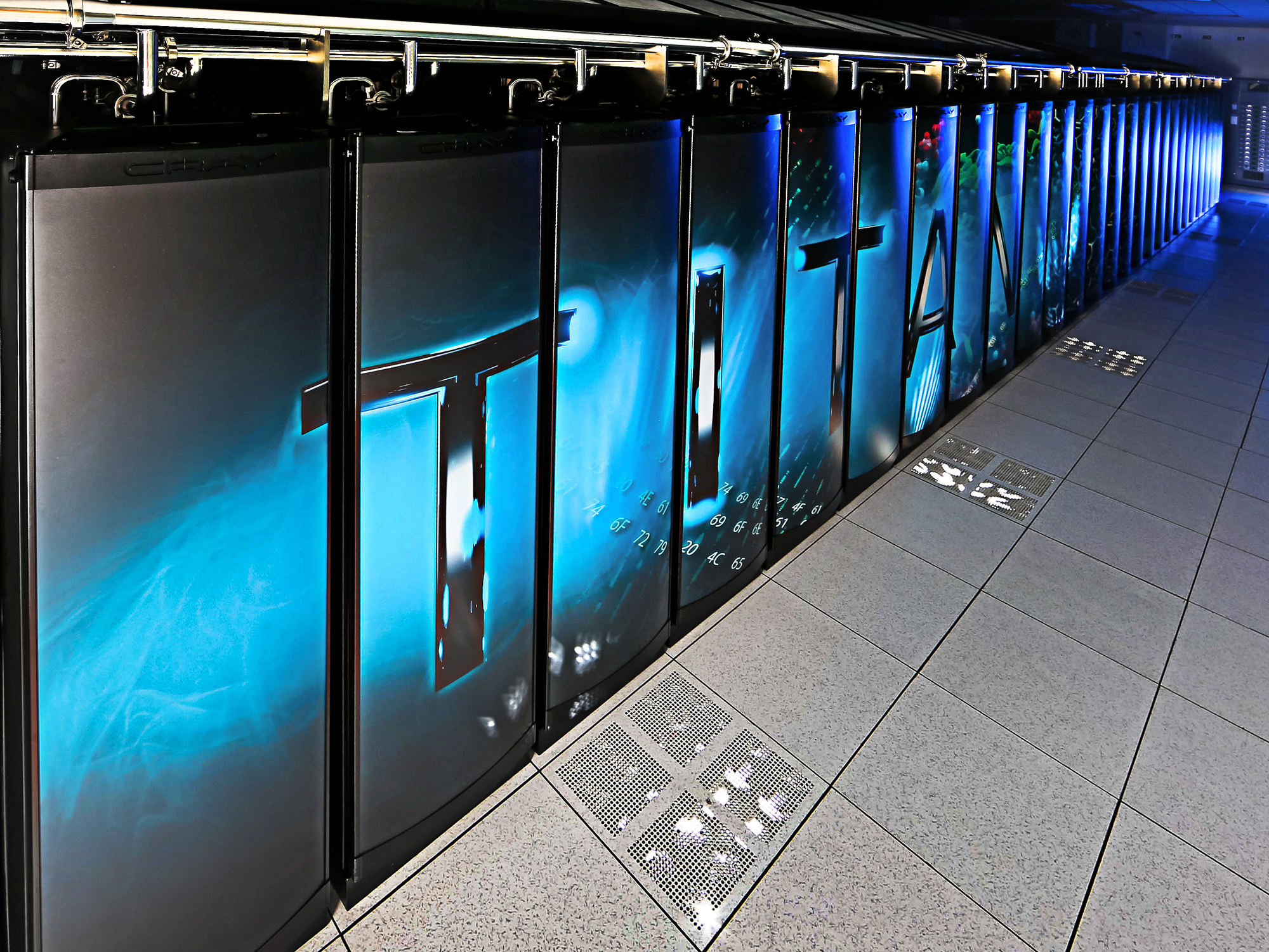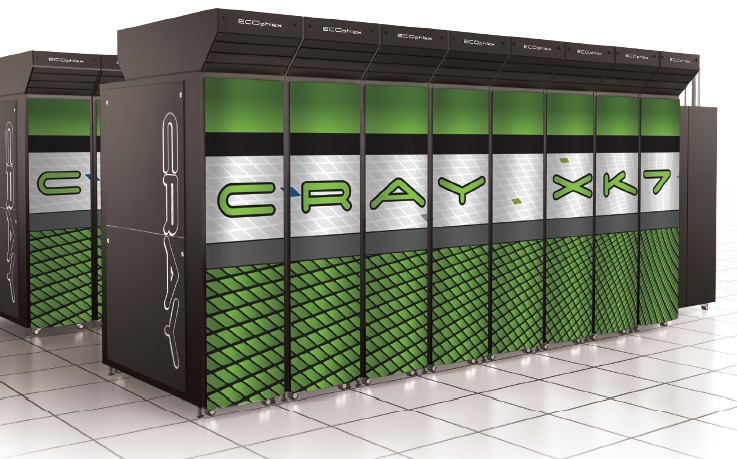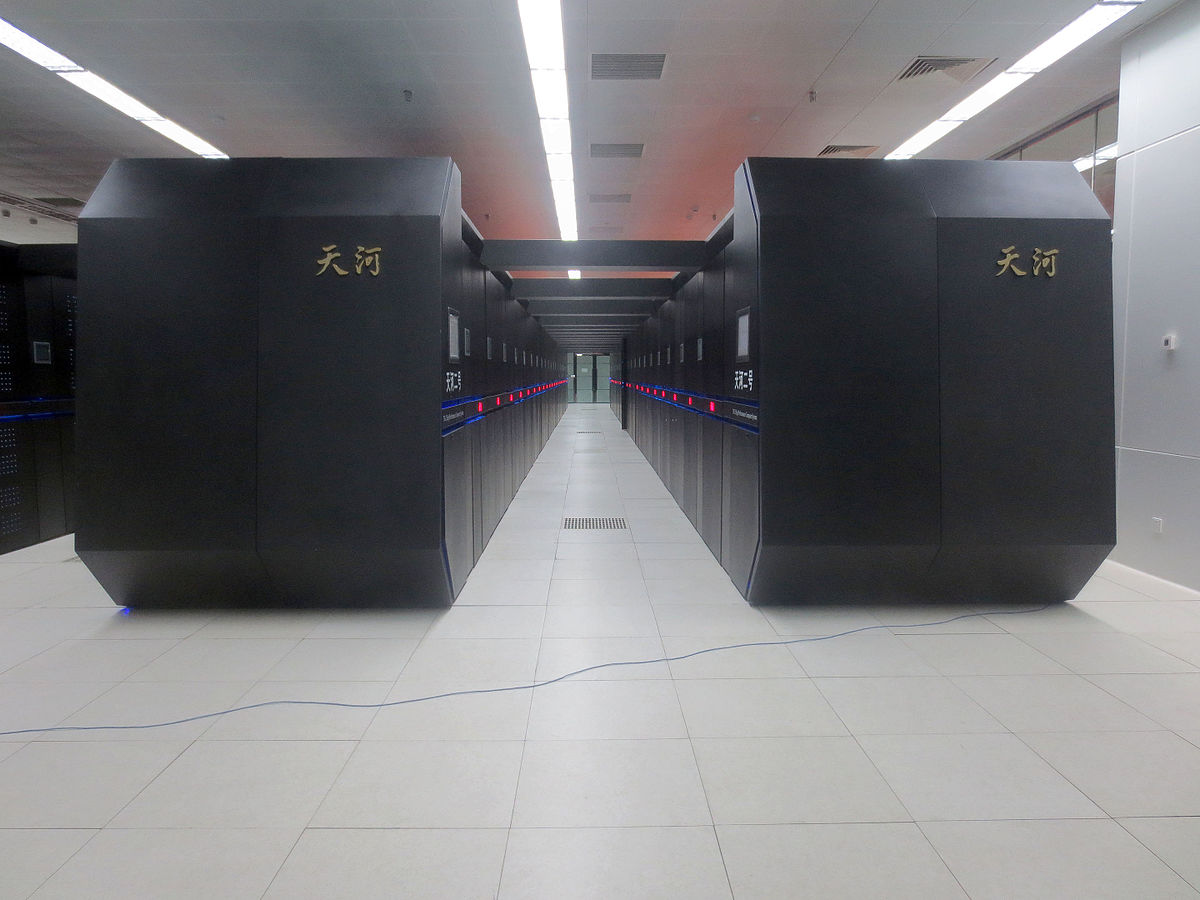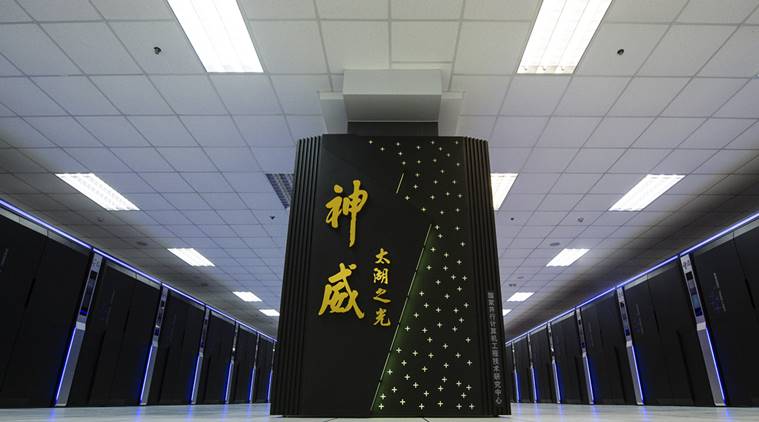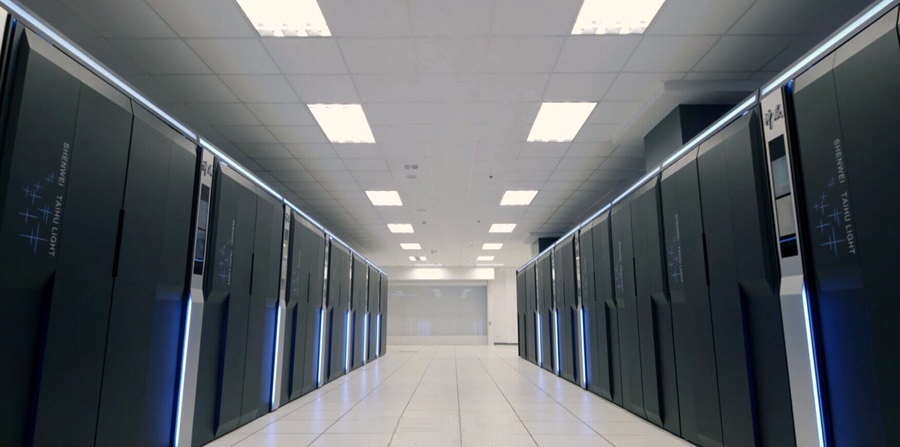The world of supercomputers is a lot more complex than just speed, but for the general public, the best of way of explaining how powerful it is is narrowing its speciality down to speed. And how is speed measured? The highest score measured using the LINPACK benchmarks suite. This is the number that is used to rank the computers. Measured in quadrillions of floating point operations per second, i.e., petaFLOPS. The world is mostly dominated by Cray and IBM supercomputers, although that doesn’t necessarily make them the fastest, especially with the Chinese upping the ante.
10. Trinity: Trinity is a supercomputer stationed at Los Alamos National Laboratory in New Mexico, which is one of two laboratories in the United States in which classified work towards the design of nuclear weapons has been undertaken.
Marketed as the Cray XC40 model, it scored 8.101 on the LINPACK benchmarks suite, and has a theoretical peak performance of 11.079 petaFLOPS. It uses the Xeon E5–2698v3 processor, has an Aries interconnect, and operates on the UNICOS operating system.
9. IBM Mira: Mira is a supercomputer stationed at the Argonne National Laboratory in Illinois, operated by the University of Chicago and is the largest lab of its kind in the Midwest.
Marketed as Blue Gene/Q, it scored 8.587 petaFLOPS on LINPACK and has theoretical peak performance of 10.066 petaFLOPS.
It uses the A2 processor, has an IBM custom interconnect and its operating system is the CNK, which is used in all of IBM’s blue gene supercomputers.
8. Piz Daint: Piz Daint sits in the Swiss national Supercomputing centre and is named after a mountain in the Swiss Alps. It is the fastest supercomputer in Europe. The centre has 5 other supercomputers working at the facility.
Part of the Cray XC50 series, it scored 9.779 petaFLOPS on the LINPACK system, and has a theoretical peak of 15.988 petaFLOPS.
It uses the NVIDIA Tesla P100 processor (upgraded from Xeon E5-2690V3) with an Aries interconnect and uses the UNICOS operating system.
7. K computer: The K computer was made by Fujitsu, and is currently stationed at the Riken Advanced Institute for Computational Science campus in Kobe, Hyogo Prefecture, Japan. It is used for climate research, disaster prevention and medical research.
This Fujitsu creation measured at 10.510 petaFLOPS, and has a theoretical peak of 11.280 petaFLOPS.
It uses a SPARC64 VIIIfx processor, a Tofu interconnect and Linux as its operating system, based on the Linux Kernel.
6. Oakforest-PACS: The second Fujitsu supercomputer on our list, this one is located at the Joint Center for Advanced High Performance Computing in Kashiwa, Japan.
This Fujitsu supercomputer measured at 13.555 petaFLOPS in 2016, and has a theoretical peak of 24.914.
It uses the Xeon Phi 7250 processor, and Intel Omni-Path interconnect and operates with an operating system based on the Linux Kernel.
5. Cori: Another supercomputer by Cray, Cori is at the National Energy Research Scientific Computing Center in Berkeley, California.
One of four Cray supercomputers on the list, Cori measured at 14.015 petaFLOPS and has a theoretical peak speed of 27.881 petaFLOPS.
It uses the Xeon Phi 7250 processor, the Aries interconnect and the UNICOS operating system, which is the original Cray Unix.
4. Sequoia: Sequoia is one of the two IBM supercomputers on the list. A petascale Blue Gene/Q supercomputer, it sits at the Lawrence Livermore National Laboratory, which the the synthetic chemical element livermorium was named after.
The sequoia scored 17.173 petaFLOPS in 2013, at the time being the world’s fastest supercomputer. It has a theoretical peak of 20.133 petaFLOPS.
The IBM Sequoia uses the A2 processor, a custom interconnect and uses both the CNK and Red Hat Enterprise operating systems.
3. Titan: The final Cray supercomputer on the list, Titan sits at Oak Ridge National Laboratory in Tennessee, and is an upgrade of a previous Cray supercomputer, Jaguar.
Titan has a speed of 17.590 petaFLOPS and theoretical peak of 27.113. It won’t be the fastest supercomputer at Oak Ridge by 2018, with IBM’s Summit bound to take over.
Titan is part of the Cray XK7 series, and uses Opteron 6274 and Tesla K20X as processors, as well the Gemini interconnect. Its operating system is SUSE Linux Enterprise Server-based.
2. Tianhe-2: One of the two Chinese supercomputers that top the list, Tianhe-2 is situated at the National Supercomputing Center in Guangzhou, China.
It held the title of world’s fastest supercomputer for three years beginning in June 2013, with 33.863 petaFLOPS. It has a theoretical peak of 54.902 petaFLOPS.
A TH-IVB-FEP model, it uses Xeon E5-2692 and Xeon Phi 31S1P processors, TH Express-2 interconnect and the Kylin operating system.
1. Sunway TaihuLight: The world’s fastest supercomputer since November 2016, the Sunway TaihuLight was made with Chinese-only components as a reaction the US sanctions on China, resulting in a cancellation of a project involving Intel.
The Sunway TaihuLight clocked at 93.015 petaFLOPS, nearly three times faster than the second supercomputer on the list. It has a theoretical peak of 125.346 petaFLOPS.
Situated at the National Supercomputer Center in Wuxi, it runs on a SW26010 processor, a Sunway interconnect and runs on its own operating system, Sunway RaiseOS 2.0.5, which is based on Linux

